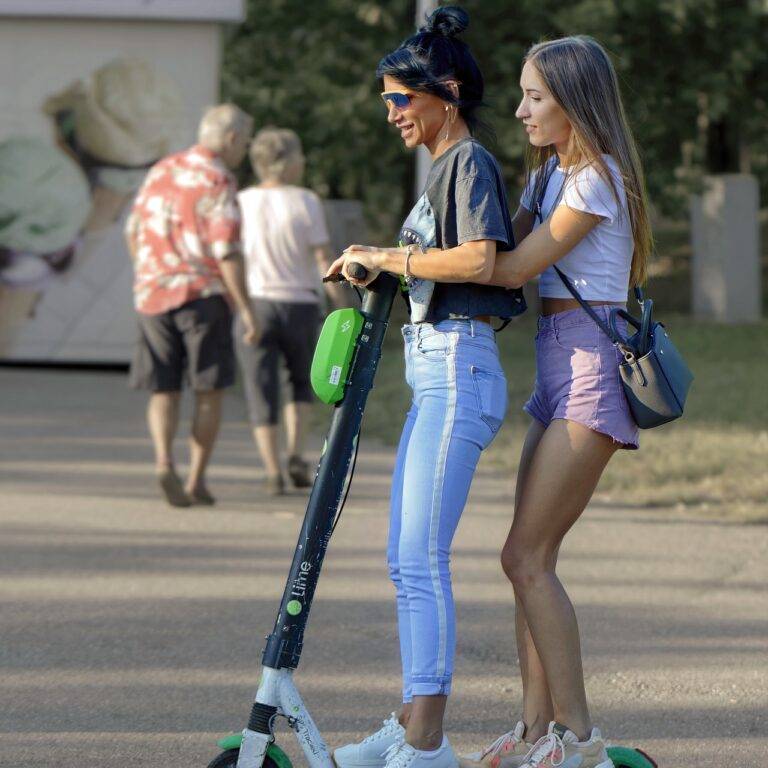Urban Gardening: Bringing Greenery into City Living Spaces
Urban gardening offers a multitude of advantages to city dwellers. One of the key benefits is the ease of access to fresh produce, allowing individuals to have a sustainable source of nutritious fruits and vegetables right at their fingertips. This not only promotes a healthier lifestyle but also reduces the carbon footprint associated with transporting food from rural areas to urban centers.
Furthermore, engaging in urban gardening provides a sense of connection to nature within the bustling cityscape. Tending to plants and watching them grow can have therapeutic effects, promoting mental well-being and reducing stress levels. Additionally, urban gardens serve as green spaces in concrete jungles, contributing to the overall beautification of the city and fostering a sense of community among residents who share a passion for gardening.
Challenges of Growing Plants in Urban Environments
One of the main obstacles faced when growing plants in urban environments is the limited space available. In cities, green spaces are often scarce, and residents may only have access to small balconies or windowsills for their gardening efforts. This lack of space can restrict the types of plants that can be grown and may require creative solutions such as vertical gardening or using compact plant varieties.
Another challenge for urban gardeners is the quality of soil in urban settings. Many urban areas have soil that is contaminated with pollutants from vehicle emissions, industrial activities, or previous land use. This can make it difficult for plants to grow healthily and may require the use of raised beds or containers filled with fresh soil to provide a safe growing environment. Additionally, urban gardeners may need to regularly test their soil for contaminants and take appropriate measures to mitigate any issues that arise.
What are some benefits of urban gardening?
Urban gardening can improve air quality, provide access to fresh produce, reduce food miles, and create green spaces in concrete jungles.
What are some challenges of growing plants in urban environments?
Challenges include limited space, pollution, lack of sunlight, soil contamination, and competition with other urban activities.
How can I overcome the challenges of urban gardening?
You can overcome challenges by using vertical gardening techniques, choosing resilient plant varieties, utilizing raised beds or containers, and incorporating sustainable gardening practices.
Are there any resources available for urban gardeners?
Yes, there are many resources available such as community gardens, urban farming organizations, online forums, and local gardening workshops.
Can urban gardening help combat climate change?
Yes, urban gardening can play a role in combating climate change by reducing carbon emissions, promoting biodiversity, and increasing green spaces in cities.





